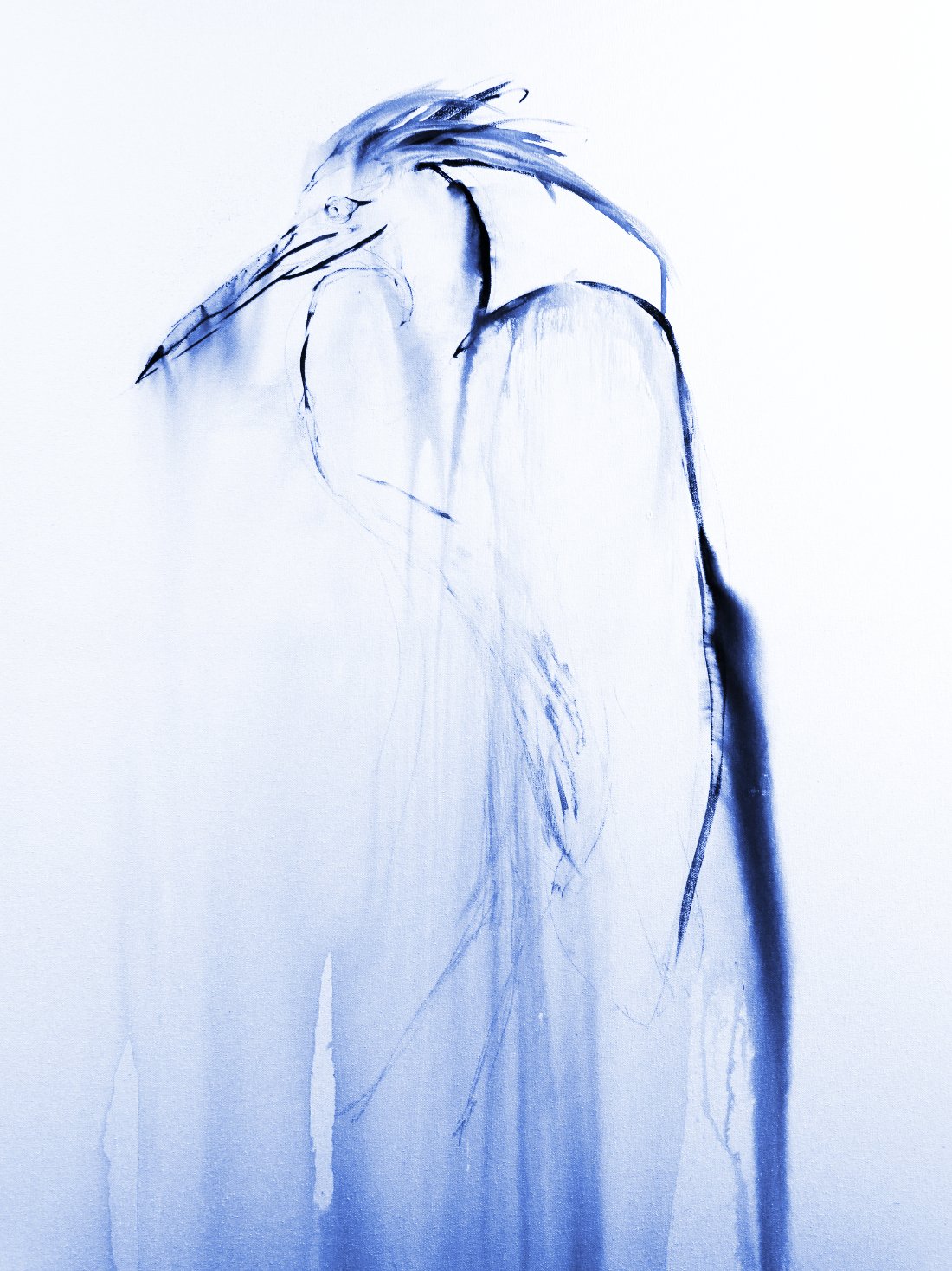
Zen Mountain Journal: A Simple Way of Life
Art and writing inspired by the poetry of ancient Zen monks and Taoist hermits
. . .
Taoism is a spirituality centered around a love of the Great Mystery.
Yin and yang: the harmony of opposites.
Silence resides deep in the center of Taoism: “Soundless music.”
. . .
Zen Mountain Journal explores the roots of Taoism and Zen Buddhism
through the poetry of its early practitioners.
. . .
For the thirty year history of this work, and its inspirations, visit here.
Summarized, I’ve posted a sign beside my desk to keep me focused:
Peace, Serenity, Gentleness, Simplicity, Humility, Surrender
Minimalism
. . .
I never get lost because I don't know where I'm going.
- Zen master Ikkya, 15th century Buddhist monk
I roam these mountains
Alive, alone, in love with life.
Strange to some, yes
I don't try to explain
I can't explain
The feelings I have here
In this land of no men
Of mountain ranges and rivers.
My mind empty, my heart free.
- Li Po, Heron Dance translation.
A Meditation on the Tao
The Tao seeks balance,
Returns to balance.
An effort to dominate events
Leads to events spinning out of control.
And so the Master doesn’t try
To dominate or control others.
The Master controls his/her self.
And finds harmony.
Water is soft and yielding
Rock is hard and strong
Yet water wears down mountains
Until only water remains.
. . .
The woods around my cabin
Harsh and beautiful
Can be dominated up to a point
But not defeated.
Surrender works better here.
Surrender to the beauty
Give yourself to it
And find harmony.
Living alone in these immense woods
You adapt, accommodate.
All who live here know,
That wild nature, like water,
Will prevail until only it remains.
- Heron Dance journal notes.
Heron Dance offers the work of artist Roderick MacIver,
publishes books of art and writing, and the online pubication
Zen Mountain Journal:
Art and writing inspired by ancient Zen and Taoist poets
Sign Up.
Become a Member
. . .
For the website of Rod’s new studio and gallery in Hilton Head, visit here:

Heron Dance published books, journals and diaries in 2024.
The Nurturing the Song Within Art Journal and the related Diary
Meditations on Beauty and Mystery, A Gratitude Art Journal
The Pausing for Beauty Poetry Journal
. . .
Heron Dance Books published by Heron Dance Press and other publishers can be viewed here.
The Heron Dance Book Of Love And Gratitude
Meditations on Nature, Meditations On Silence
Art As A Way Of Life
Thoreau And The Art Of Life
The Man Who Planted Trees
Wild Waters And The Tao
Simplicity Is Profound
The Song I Came To Sing
Art Is About The Mystery
Earth My Likeness, The Nature Poetry Of Walt Whitman
Pausing For Beauty, The Heron Dance Poetry Diary
More here.
Reader Reviews








